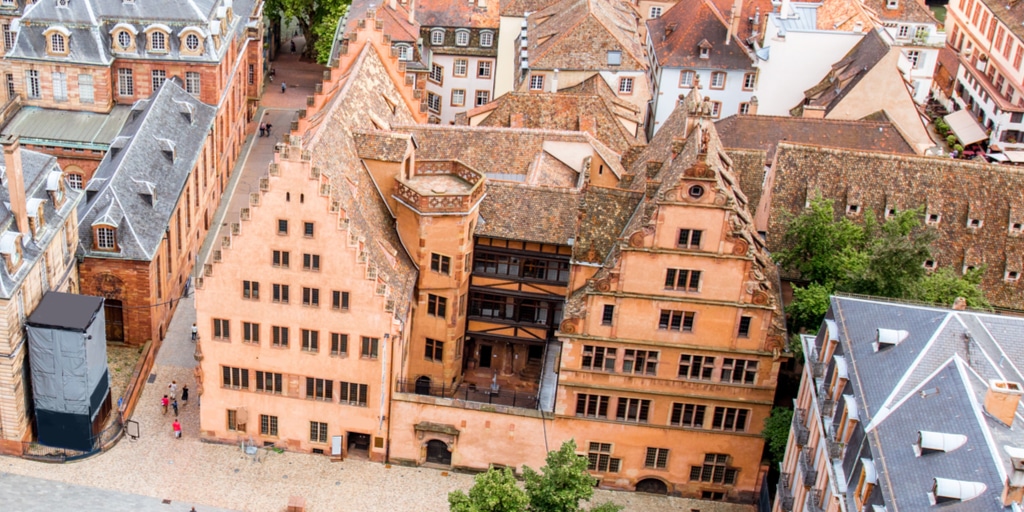- Home ›
- France ›
- Strasbourg
Musée de l'Oeuvre Notre-Dame

The German name of the Musée de l'Oeuvre Notre-Dame in Strasbourg is "Frauenhausmuseum". Possibly the name causes the one or other Strasbourg visitor the mistaken idea that this museum could be an institution thematizing women's rights aspects. In fact, the name refers to the origin of the institution as a place of remembrance for the work of the Bauhütte, which was and is responsible for the construction and maintenance of the Strasbourg Cathedral of Our Lady, which is called "Cathédrale Notre-Dame de Strasbourg" in French.
The history of the latest attested since the end of the 13th century, as an association of the construction experts responsible for the construction of the cathedral, can be traced in the museum. It is not only of fundamental importance for historians that numerous building plans as well as parts of the cathedral are kept in the museum, on the basis of which the history of the Strasbourg landmark becomes vivid. It is also extremely exciting for the visitor to be able to marvel at pictures, wall decorations and other artifacts of the mighty sacred building that have otherwise probably perished in times of war and revolution.
Located in the immediate vicinity of the Cathedral of Our Lady on the Place der Chateau, the museum, which opened in 1931, presents its collections in a late medieval building. The double-winged building, complemented by a gothic garden, served for a long time as the administrative headquarters of the building lodge. There, not only cultural objects related to the cathedral can be admired, but also corresponding museum pieces from other churches, chapels and monasteries, as well as from synagogues in the Alsace region. Among them is the leaded glass window "Christ's Head of Weissenburg" (11th century). Furthermore, the museum offers, beyond the sacral area, several collections of the rich artistic creation of the Upper Rhine region. Of particular interest is the municipal collection of impressive paintings, including Hans Baldung's "Self-Portrait" (1526) and "The Saints Catherine and Mary Magdalene" (ca. 1440) by Konrad Witz.